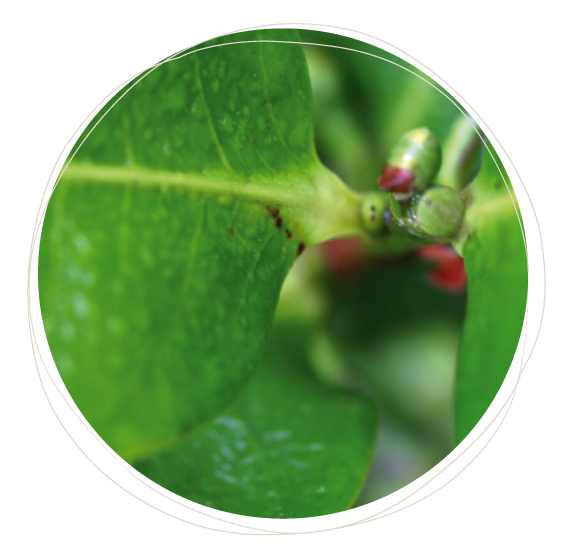
History of
Green Tea

A few thousand years ago tea was the most consumed beverage in the world after water and it still is. For millennia in China tea was an art, for centuries in Japan it was a religion, and for the British it remains a daily ritual.
The green tea bush Camellia Sinensis leaves are steamed or toasted in a frying pan after being collected in order to stop the enzymatic breakdown of polyphenols. The leaves are rolled, twisted and dried. There are three main types of tea: green, black and oolong, each processed differently. To make black tea, fresh tea leaves are exposed to air and left to wither; they are then broken and allowed to ferment. The process for Oolong tea, called “marchitación” is similar, however less time consuming, and results in a half fermented leaf.
For processing green tea, the leaf is not fermented at all. Instead, it is steamed immediately after harvesting to stop the fermentation process, then rolled and dried.
The green tea bush Camellia Sinensis leaves are steamed or toasted in a frying pan after being collected in order to stop the enzymatic breakdown of polyphenols. The leaves are rolled, twisted and dried. There are three main types of tea: green, black and oolong, each processed differently. To make black tea, fresh tea leaves are exposed to air and left to wither; they are then broken and allowed to ferment. The process for Oolong tea, called “marchitación” is similar, however less time consuming, and results in a half fermented leaf.
For processing green tea, the leaf is not fermented at all. Instead, it is steamed immediately after harvesting to stop the fermentation process, then rolled and dried.


Some of the teas most commonly consumed on the market include:
Green tea, Oolong tea mixed with jasmine and rose petals produced by China and Taiwan.
Sencha tea, which is the most popular type in Japan. High-quality sencha tea is only served on special occasions; low-quality sencha is served daily in practically all households and jobs.
Bancha is a lower quality sencha tea, whose spicy flavor is created by large, rough leaves, which are older and harvested from the plant at the end of the season.
Hyson is a Chinese green tea made of old, poor-quality leaves, which are twisted and coiled.
Gunpowder green tea leaves are top quality and come from China where they are wound into small balls.
Imperial tea contains old leaves that are produced in the same style as the gunpowder tea, only they are not wound as tightly.
Sencha tea, which is the most popular type in Japan. High-quality sencha tea is only served on special occasions; low-quality sencha is served daily in practically all households and jobs.
Bancha is a lower quality sencha tea, whose spicy flavor is created by large, rough leaves, which are older and harvested from the plant at the end of the season.
Hyson is a Chinese green tea made of old, poor-quality leaves, which are twisted and coiled.
Gunpowder green tea leaves are top quality and come from China where they are wound into small balls.
Imperial tea contains old leaves that are produced in the same style as the gunpowder tea, only they are not wound as tightly.













